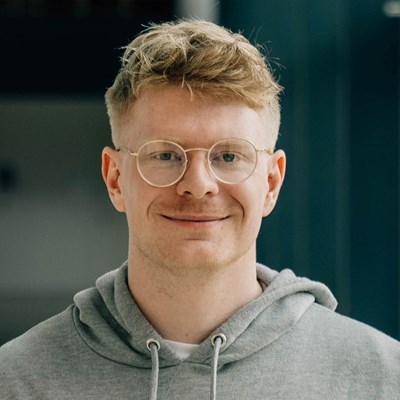
Kristoffer Moos
PhD student Danish Centre for Particle Therapy, Aarhus University Hospital KRIMOO@rm.dkPhD project: Reduction in healthy tissue irradiation in radiotherapy through risk-based differentiation of target dose-volumes
The largest uncertainties in target identification are seen for the CTVs, where the subclinical spread of disease is not readily visible in images used for delineation. Instead, the identification relies on simple geometrical expansion and adjacent anatomical boundaries (bone, vessels, cavities etc) combined with information obtained from e.g. clinical examination and staging, as well as the experience and knowledge of the clinicians involved in the process. A significant part of the process involves interpretation of the combined information available, including decisions regarding whether there is invasion of adjacent structures, leading to decisions on whether to include entire sub-volumes in the CTV or not. It is noteworthy that even small expansions of the target in the images will lead to large volume changes, and consequently large additional irradiation.
The novel approach in this project is to replace the traditional target volumes with risk distributions. By doing this, we open for an entirely new way of understanding and assessing radiation dose distributions and performing treatment planning. By replacing this with assigning each voxel in the patient a risk (probability) of tumour presence, the treatment planning process can utilize this differentiation to explore a much larger solution space, reducing dose to low-risk voxels, and performing trade-offs between objectives in regions with low risk. This will result in dose distributions where high dose is given to smaller volumes, and which have a more gradual dose fall-off towards healthy tissue, while maintaining high dose to high-risk volumes.
Hypothesis
The overall hypothesis of this project is that we can reduce irradiation of healthy tissue through differentiated reduction of target dose-volumes using probabilistic models for tumour spread.
Supervisors
Stine Sofia Korreman, Jesper Grau Eriksen